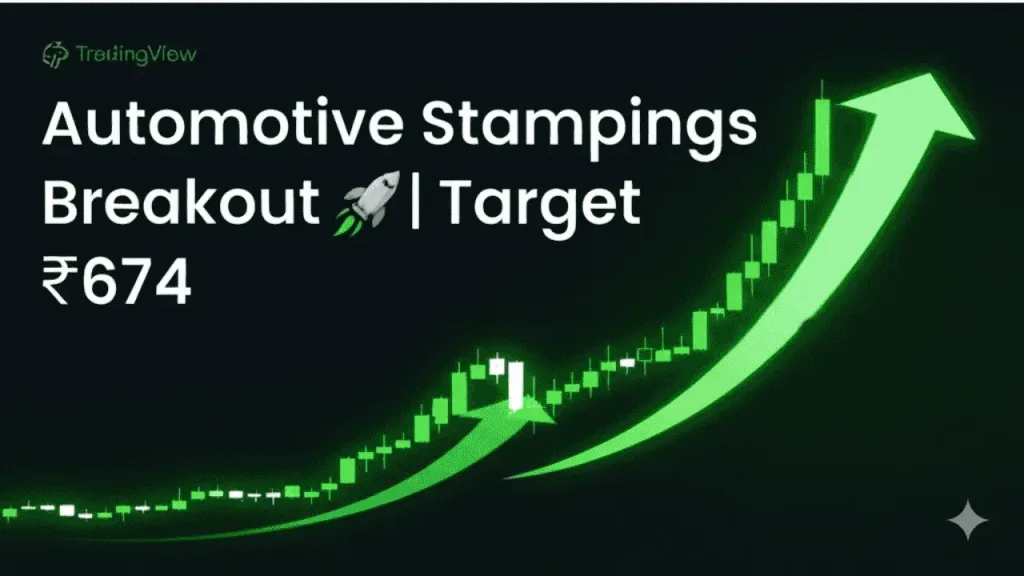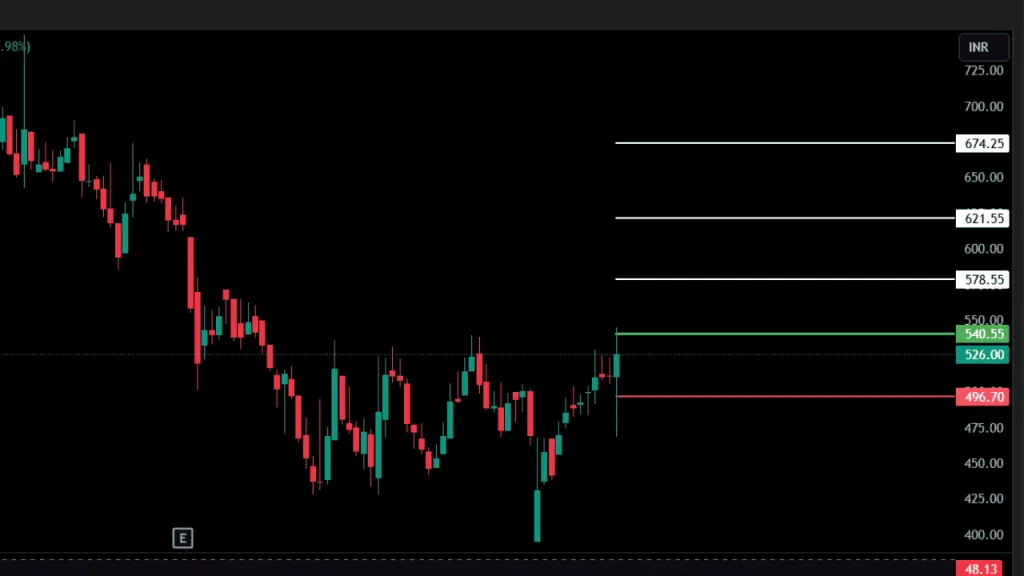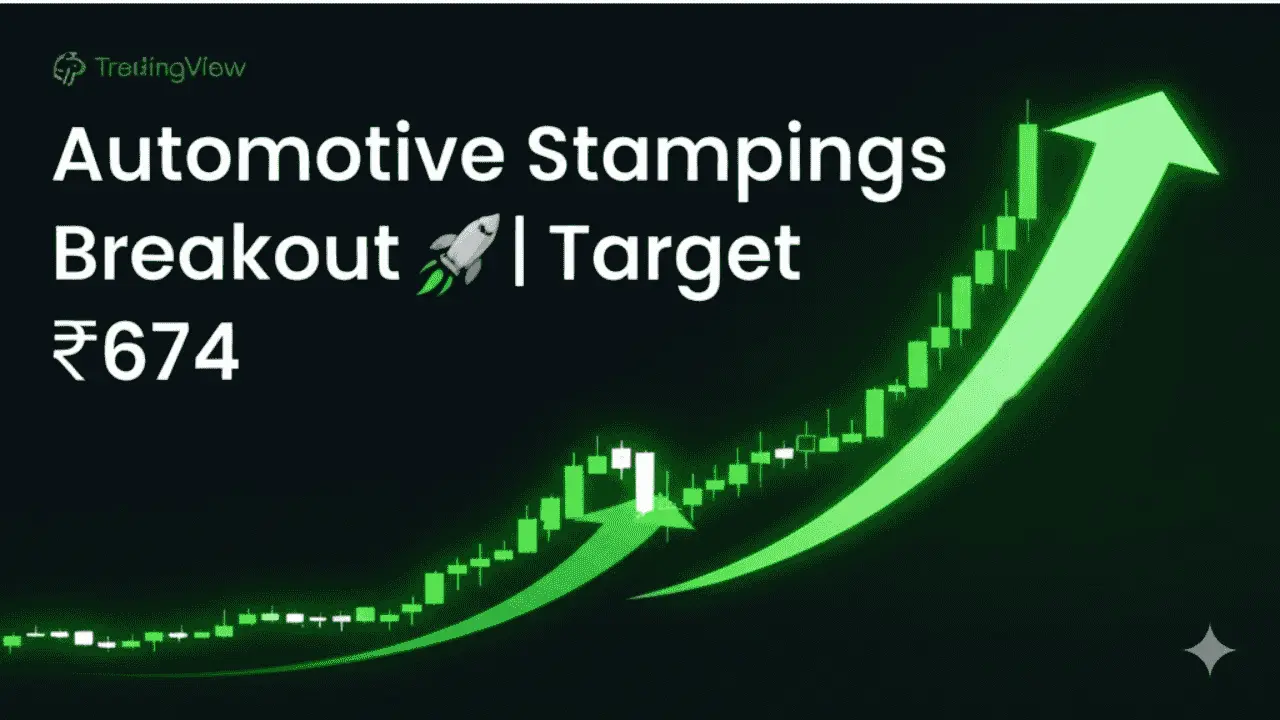Shares of Automotive Stampings & Assemblies Ltd. (NSE: AUTO) surged sharply today, gaining nearly 3% to close at ₹526.00, after breaking out of a months-long consolidation range. Technical analysts are turning bullish on the stock, pointing to strong momentum and a clear roadmap for further gains in the coming weeks.
According to chart patterns, the stock has successfully crossed a key resistance zone near ₹500 — a level it struggled to surpass since late 2024. With renewed buying interest and a strengthening technical setup, experts suggest now could be the ideal time for investors to take positions.
📈 Here’s How the Trade Setup Looks:
- Entry Range: ₹520.00 – ₹526.00
- Stop Loss: ₹496.70 (placed below recent support to manage risk)
🎯 Target Levels:
- Target 1: ₹540.55
- Target 2: ₹578.55
- Target 3: ₹621.55
For those with a longer-term horizon, an extended target of ₹674.25 is also on the radar, provided the momentum continues to build.

🔍 Why Analysts Are Bullish
The technical indicators are starting to align favorably. The Relative Strength Index (RSI), which measures momentum, has turned upward and is currently around 47–48 — suggesting there’s ample room for the rally to continue before the stock enters overbought territory.
Moreover, the stock’s recent price action shows a clear pattern of higher highs and higher lows, a classic signal of a trend reversal. Combined with strong volume on the breakout, the technical landscape suggests bulls are firmly in control for now.
“The breakout above ₹500 is significant. As long as the stock sustains above ₹496 on a closing basis, the near-term trend remains strongly positive,” said a senior technical analyst at a leading brokerage.
🛡️ Pro Strategy Tip
Analysts recommend booking partial profits near Target 1 and Target 2 to secure gains, while trailing the stop loss higher as the stock moves up. This strategy allows traders to maximize gains while protecting capital.

Disclaimer: The views expressed are for educational purposes only. Stock market investments are subject to market risks. Please consult your financial advisor before making any investment decisions.
